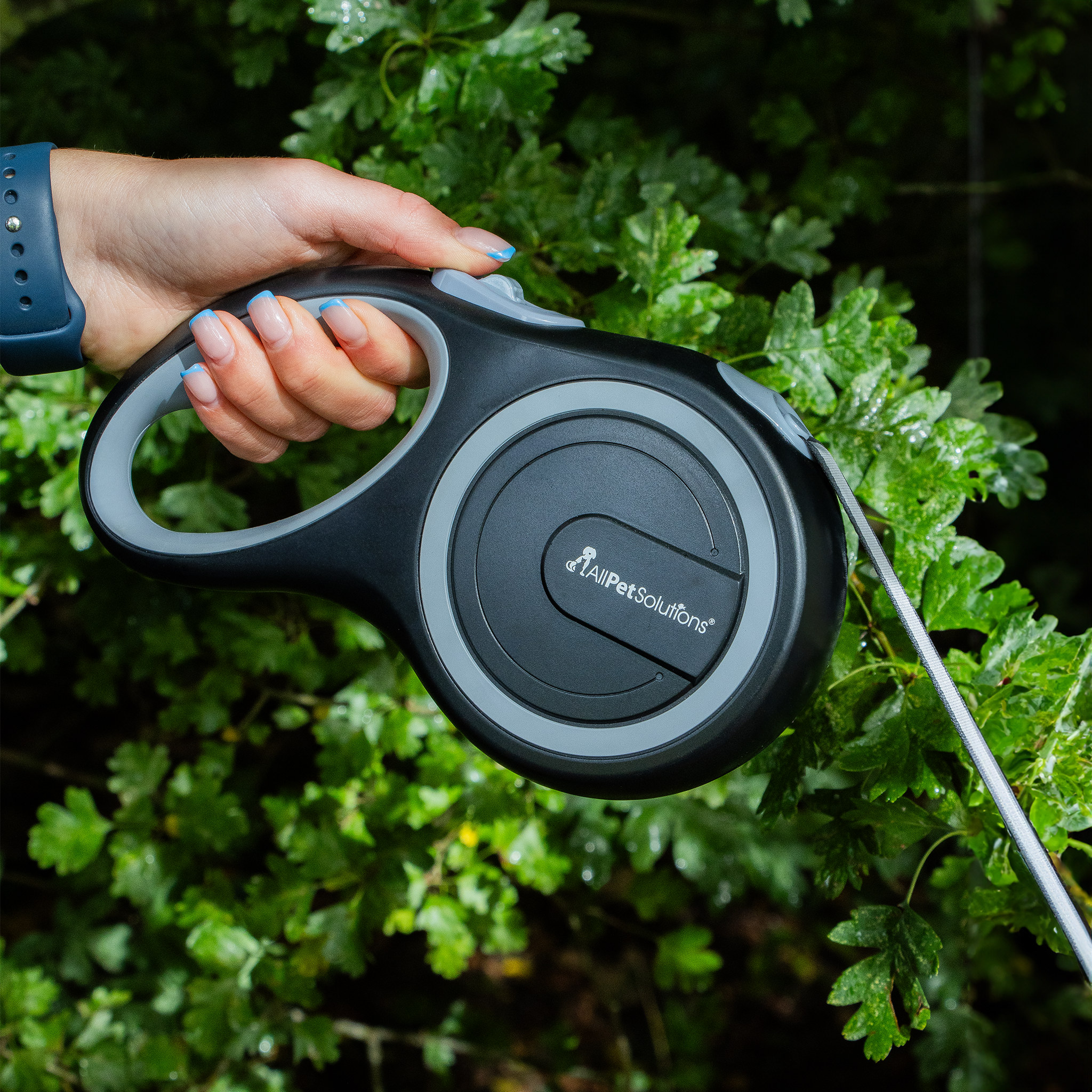Lyme disease in dogs - symptoms, prevention, treatment
Lyme disease is the most common disease transmitted by ticks. A tick is a small bloodsucking insect found commonly in long grass. Although Lyme disease has been reported in a wide variety of mammals, canines and humans appear to be relatively more susceptible to it.
When they get onto you or your pet, they will find a warm area and bite, burrowing their heads into their skin making them hard to remove.
Although most common in the summer months, tick bites can occur at any time of year.
Lyme disease will only cause visible symptoms in around 10% of dogs.
Symptoms of Lyme disease in dogs include:
- Kidney problems and if left too long, kidney failure
- Stiff walking with an arched back
- Touch sensitivity
- Breathing difficulties
- Fever
- Lack of appetite
- Depression
Dog Lyme disease facts:
- They start looking for a meal at 4°C
- The best time to protect your pet is before the exposure
- A deer tick is about the size of a sesame seed
- Ticks will look for the warmest spaces on your dog to latch on such as under the collar, inside of ears, near the eyelids, between toes and on “private” areas.
How to prevent Lyme disease in dogs:
There are several steps you can take to prevent your dog from getting Lyme or other tick-borne diseases:
- Watch your dog closely for changes in behaviour or appetite
- Check for ticks daily
- Ask your veterinarian to conduct a tick screening at each exam
- Use anti tick products
Tick and Flea collars for dogs kills pesky blood suckers and prevents further infestation for up to 4 months so it’s good for your pooch to wear one as a preventative measure. If you’ve noticed your dog has fleas or ticks, flea dog shampoo might be the answer. It helps to wash out fleas and ticks from your dog’s coat and soothes irritated bitten skin.
If you're looking for a direct application of flea dogs treatment, or flea cat treatment, these often effectively kills fleas for up to 5 weeks and ticks for up to 4 weeks.
All pets are at risk for these nasty insects, whether they only go out once a day or five times. Ticks and fleas can be brought in on people’s clothes and shoes so we would recommend to always take preventative measures to protect your precious four-legged friends.
How to remove a tick from your dog:
Wear rubber gloves to protect your hands. Grasp the tick very close to the skin with a pair of fine-tipped tweezers. With a steady motion, pull the tick's body away from the skin. Avoid tearing the tick as it can spread infection into the bite area. Once the tick’s removed, clean your dog's skin with soap and warm water.
Never use petroleum jelly, a hot match, nail polish or other products to remove a tick.

